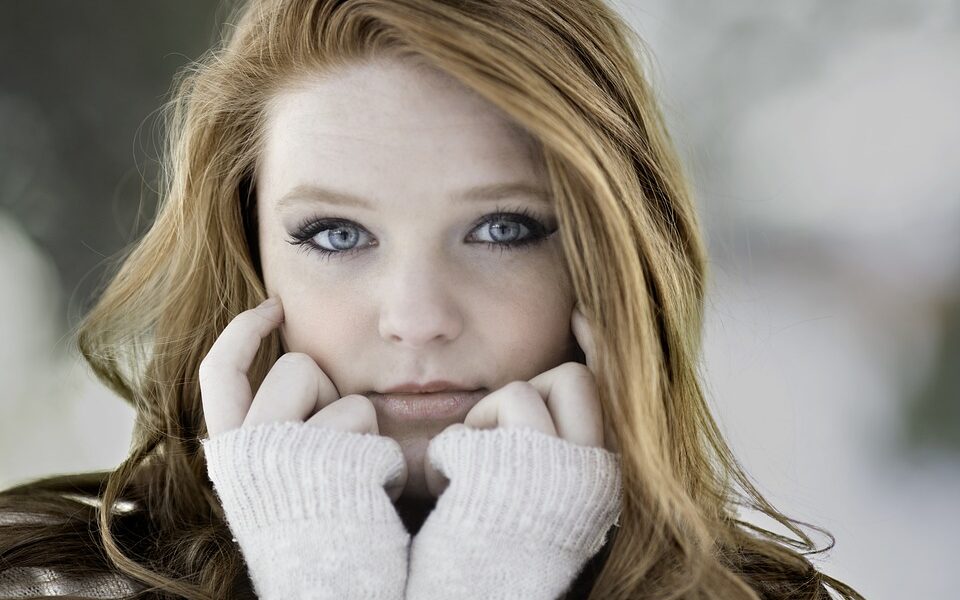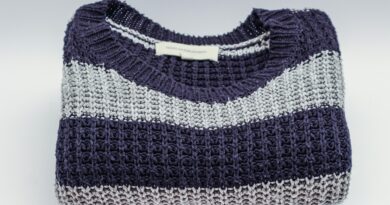The Evolution of Women’s Fashion Through the Decades
women’s fashion has undergone a significant transformation over the past century. The evolution of women’s clothing is a reflection of the societal and cultural norms of the time. From the corsets of the early 1900s to the mini-skirts of the 1960s, women’s fashion has come a long way. In this article, we will take a look at how women’s fashion has evolved through the decades.
1900s:
At the start of the 20th century, women’s fashion was defined by the corset. The ideal silhouette was an hourglass shape with a tiny waist. Women wore dresses that were long and flowy, and the fabric was often heavy and adorned with intricate embroidery. Hats and gloves were an essential accessory.
1920s:
The 1920s saw a significant shift in women’s fashion. With the rise of the flapper culture, hemlines became shorter, and dresses became more relaxed. Loose-fitting dresses that allowed for greater freedom of movement were in style. Women also started to wear trousers, which was a revolutionary change for the time.
1930s:
The 1930s were marked by the Great Depression, which had an impact on the fashion industry. women’s clothing became more practical and economical. Dresses were typically longer and featured fewer details. Skirts were narrow, and jackets were boxy.
1940s:
The 1940s saw a return to a more feminine look. With World War II, there was a shortage of fabric, and so dresses became more fitted and streamlined. Suit jackets became popular in the workplace, and hats were still an essential accessory.
1950s:
The 1950s were characterized by an emphasis on the hourglass silhouette. Full skirts, petticoats, and fitted bodices were popular. women’s clothing became more colorful, and prints became popular. The iconic 50s look was often accessorized with pearls and white gloves.
1960s:
The 1960s were marked by significant societal changes, which were reflected in women’s fashion. Hemlines became shorter, and the mini-skirt became a popular item. The clothing became less formal, and pantsuits for women became popular. The use of bold patterns and bright colors also became more prevalent.
1970s:
The 1970s saw a move towards a more relaxed aesthetic. Hippie-inspired clothing, such as bell-bottoms, tie-dye, and peasant blouses, were in style. The maxi-skirt also became popular. women’s clothing became more unisex, and gender boundaries were blurred.
1980s:
The 1980s represented an era of excess, and women’s fashion was no exception. The power suit became popular, and women’s clothing became more structured. Shoulder pads, neon colors, and bold prints were all in vogue. The athletic-inspired clothing trend also emerged.
1990s:
The 1990s represented a return to minimalism. Grunge-inspired clothing, such as flannel shirts and ripped jeans, were popular. women’s clothing became more casual and comfortable. The “business casual” trend also emerged, which allowed for more relaxed clothing in the workplace.
Conclusion:
women’s fashion has undergone significant changes throughout the decades. From the corsets of the 1900s to the relaxed and comfortable clothing of the 1990s, women’s fashion has reflected the social and cultural changes of the time. Today, women’s clothing continues to evolve, with a focus on sustainability and inclusivity. The evolution of women’s fashion is a testament to the resilience and adaptability of women throughout history.








